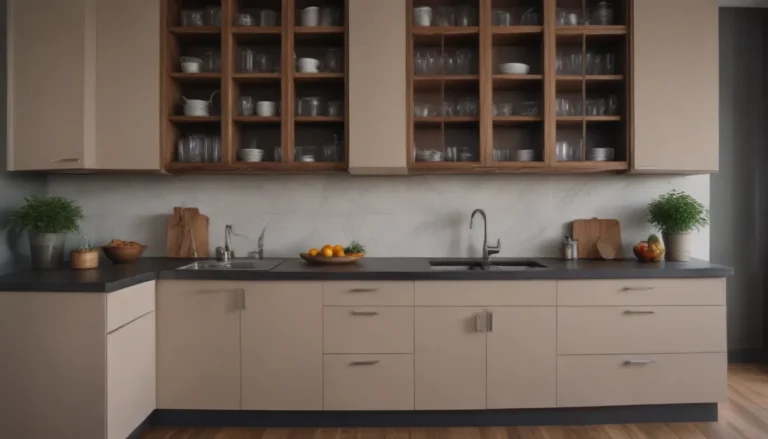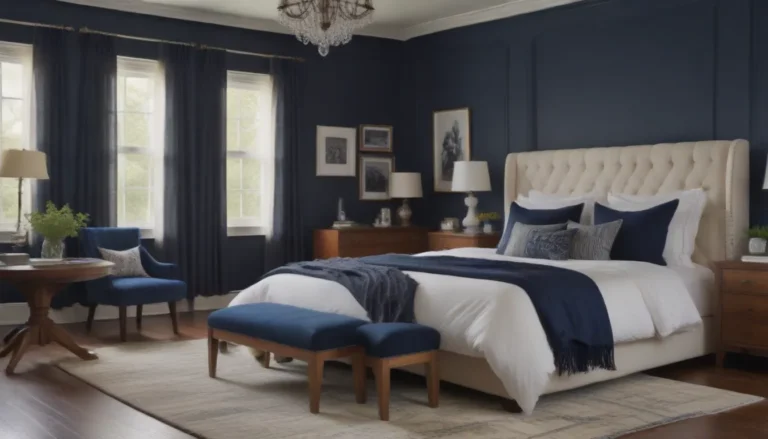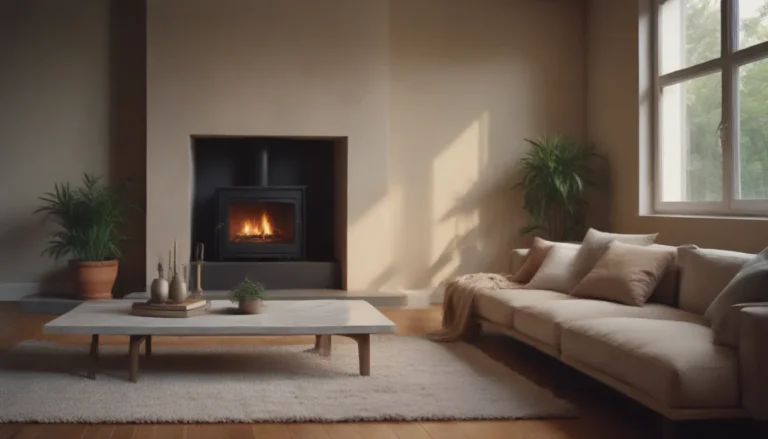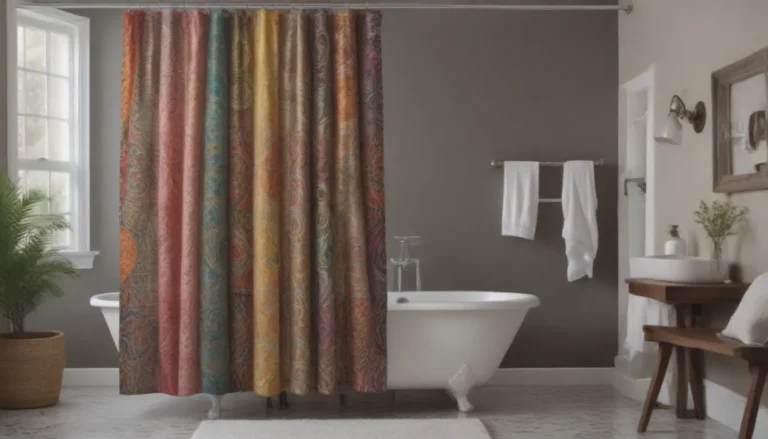Ultimate Guide to Arranging Living Room Furniture with a TV: 13 Rules to Create a Functional and Stylish Space

Are you struggling to arrange your living room furniture around a TV? It can be a challenging task, but fear not! With the right approach, you can create a space that is both practical and aesthetically pleasing. Interior designers have developed simple principles that can help you make your TV look great in your living room. By following these rules and guidelines, you can transform your living room into a comfortable and stylish space.
Consider Popular Furniture Layouts
Before diving into the specifics of arranging your furniture, it’s helpful to consider some popular living room layout options. These timeless layouts are favored by designers for their functionality and beauty. Here are a few common living room furniture arrangement examples:
– Symmetrical layout:
– Floating layout:
– L-shaped layout:
– Layouts for irregular rooms:
– Layouts for long, narrow rectangular living rooms:
Trinette Reed / Stocksy Jessica Nelson Design Dazey Den The Spruce / Alyssa Vela The Spruce / Jason Donnelly
1. Choose a Focal Point
The focal point of your living room plays a crucial role in the overall design. Whether it’s a prominent window, a fireplace mantel, or a TV, it’s essential to choose a focal point and arrange your furniture around it. This helps create a cohesive and visually appealing space.
2. Don’t Push Furniture Against the Walls
While it may seem counterintuitive, pulling your furniture away from the walls can actually make a room feel more spacious. Even in a small space, it’s important to give your furniture some breathing room by leaving a few inches of space between the backs of the furniture pieces and the walls. This small adjustment can make a significant difference in the overall feel of the room.
3. Determine TV Placement
When it comes to placing your TV, consider factors like the size of the TV and the layout of the room. Here are a few tips to help you determine the best placement for your TV:
4. Create Conversation Areas
A crucial aspect of arranging furniture in the living room is creating comfortable conversation areas. Position your sofas and chairs to face each other, allowing people to converse without straining. If the room is large, consider creating multiple conversation areas to accommodate different groups of people.
5. Find Balance When Arranging Furniture
Achieving balance in your furniture arrangement is essential for creating a harmonious space. Consider the size and placement of your furniture pieces to avoid clustering large or small items in one area. Mix up the shapes in your furniture selection to add visual interest to the room.
6. Consider Traffic Flow
Maintaining a clear traffic flow in your living room is crucial for ensuring ease of movement. Leave enough space between furniture pieces to allow people to pass through the room comfortably. Create a clear path from one end of the room to the other to avoid any obstacles.
7. Use the Right-Size Rugs
Area rugs can help define seating areas in your living room. Make sure your rug is large enough to accommodate all the furniture in a seating arrangement. Ideally, the front legs of large pieces should rest on the rug to create a cohesive look.
8. Get a Big Coffee Table
A large coffee table can serve as a focal point in your living room and provide a functional space for drinks and accessories. Ensure there is enough space between the seating and the coffee table for easy movement. If a large coffee table is not feasible, consider using two smaller tables or a bench as an alternative.
9. Put Tables at Arm’s Length
Every seat in your living room should have easy access to a side table or coffee table. Avoid layouts that require people to get up to reach for their drinks. When it comes to table height:
10. Let There Be Light
Proper lighting is essential in creating a welcoming atmosphere in your living room. Use a mix of overhead lighting, floor lamps, and table lamps to illuminate the space. Place lighting fixtures at different levels to ensure balanced lighting throughout the room.
11. Use the Right-Size Artwork
Artwork and decorative objects should be placed strategically and in proportion to the furniture in the room. Avoid hanging small pieces of artwork over large furniture items. Instead, opt for larger pieces or a grouping of artworks to create visual balance.
12. Putting It All Together
When arranging furniture and accessories in your living room, planning ahead is key. Use an online floor planner or graph paper to sketch out your desired floor plan. This will help you visualize how the furniture will fit in the space and make any necessary adjustments.
By following these rules and guidelines, you can create a functional and stylish living room that is perfect for relaxing and entertaining. Remember to take the time to consider popular furniture layouts, choose a focal point, create comfortable conversation areas, and maintain a balanced arrangement of furniture and accessories. With a little planning and creativity, you can transform your living room into a space that reflects your personal style and meets your needs.





